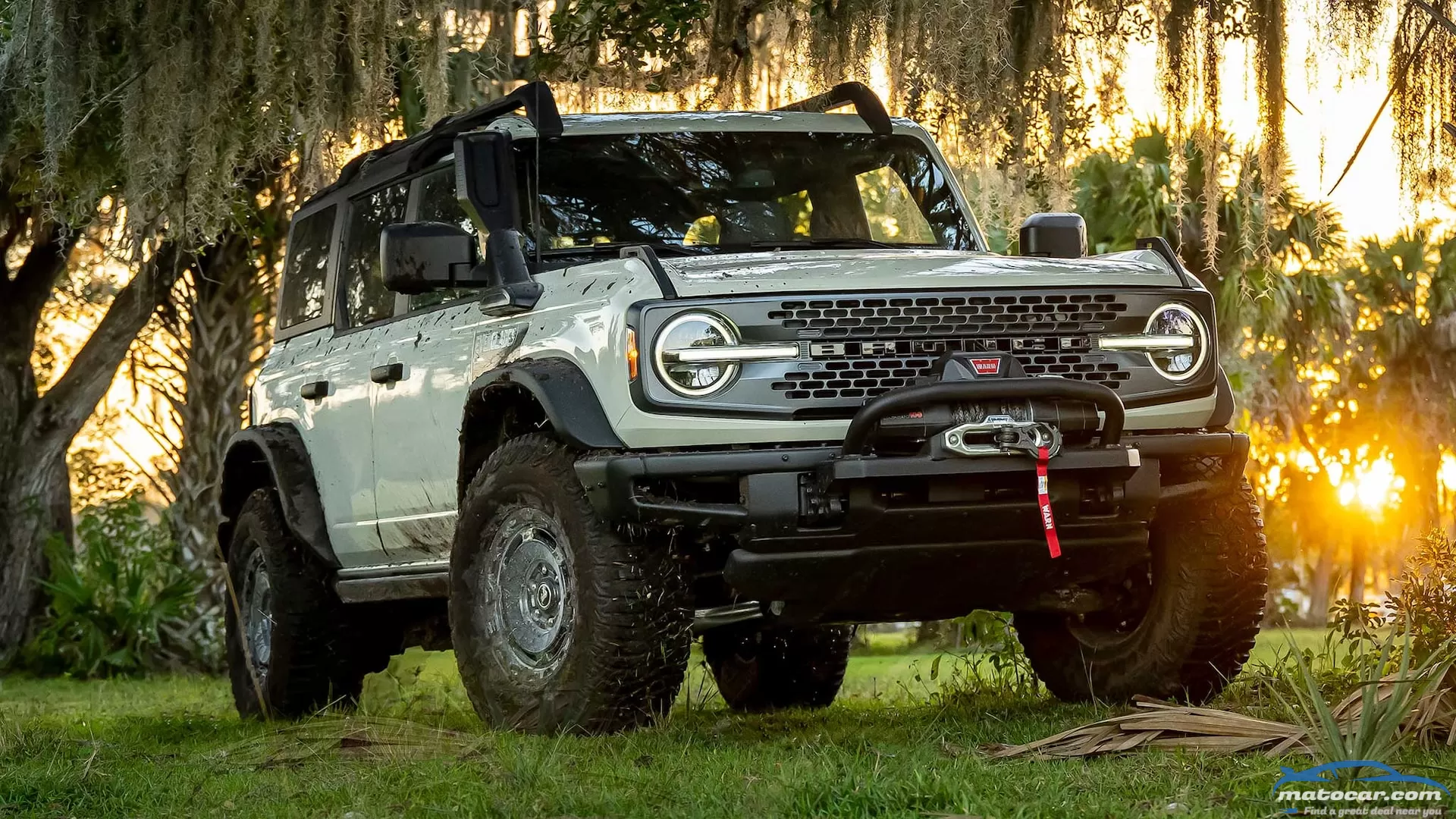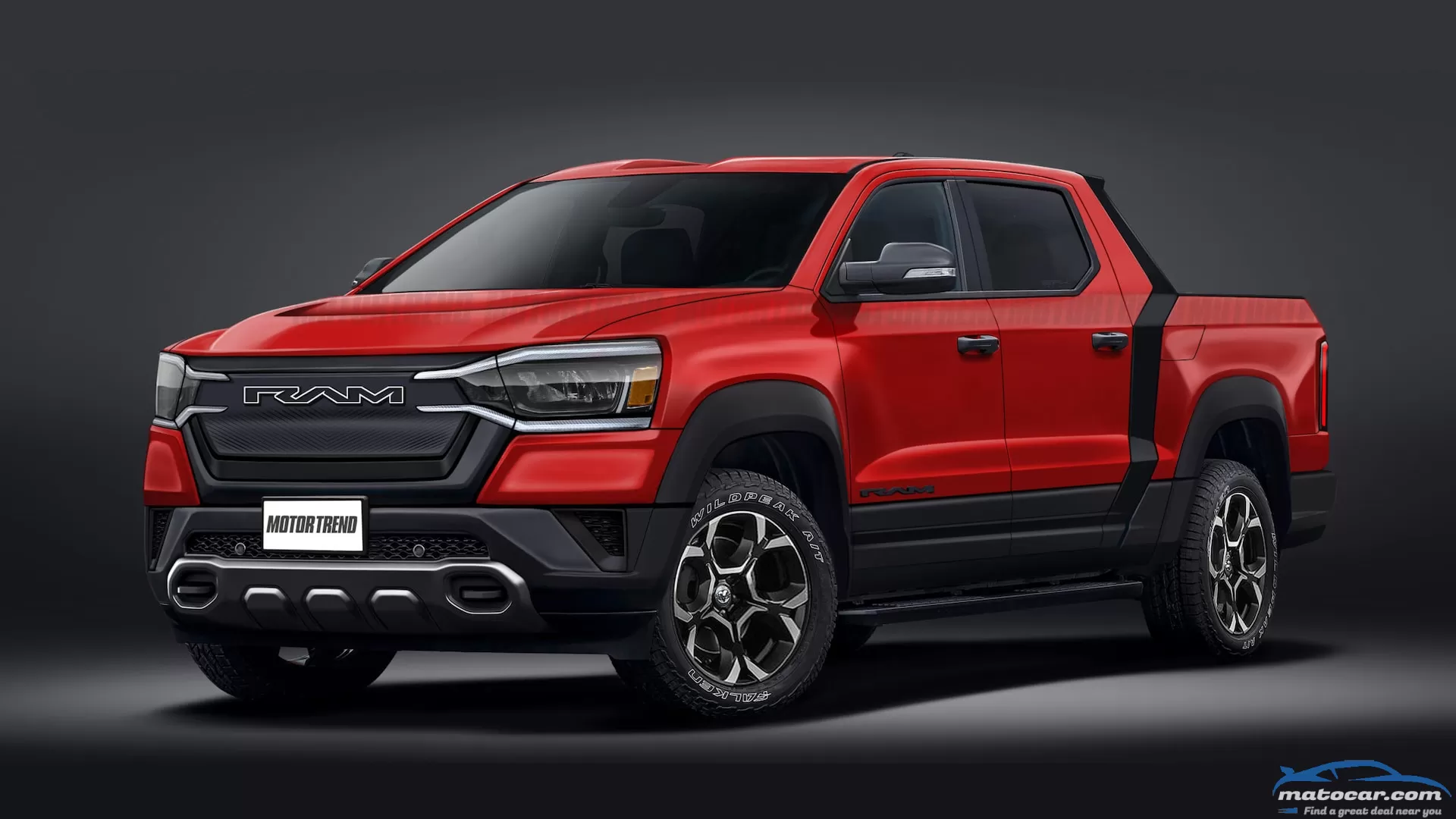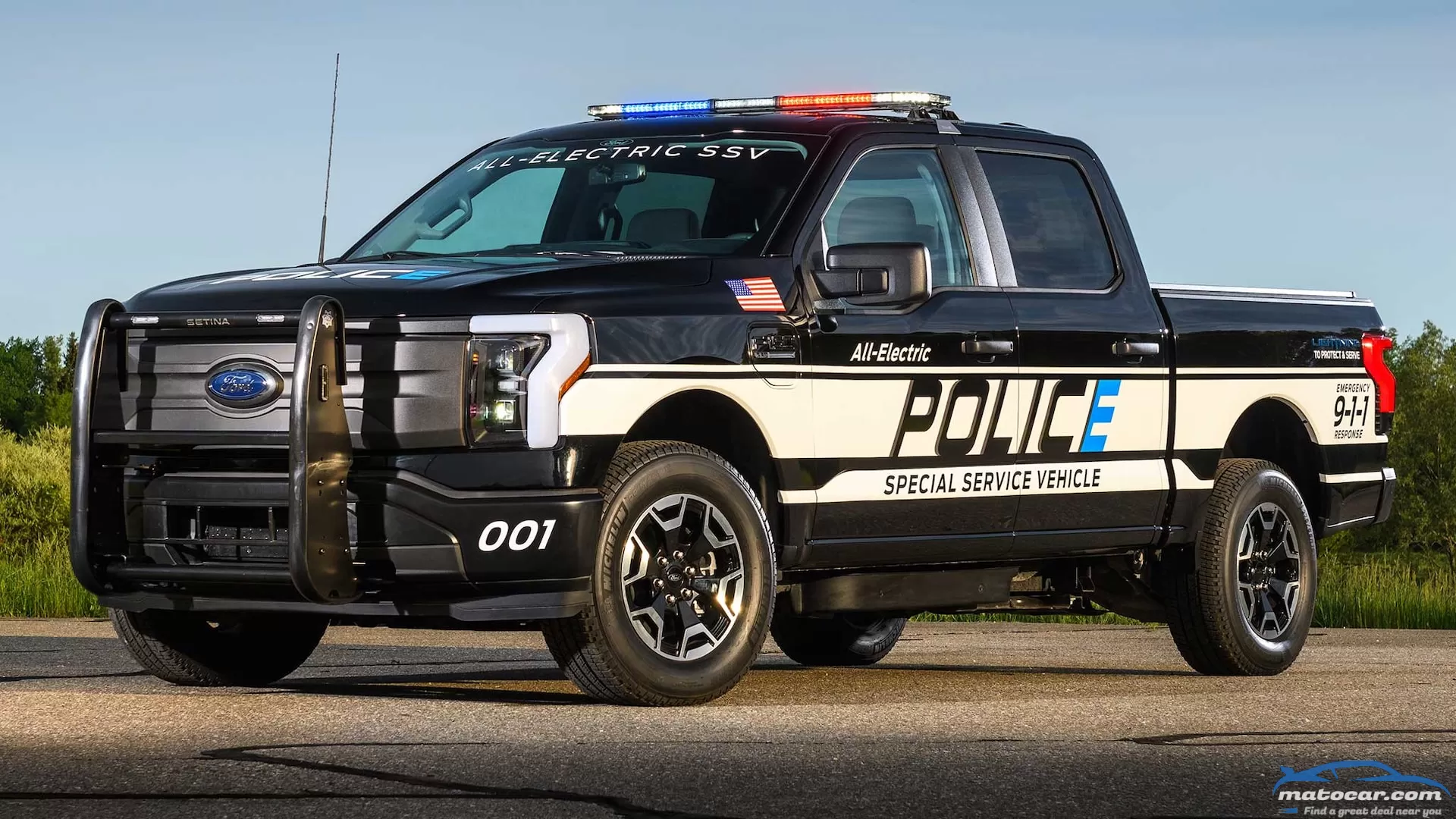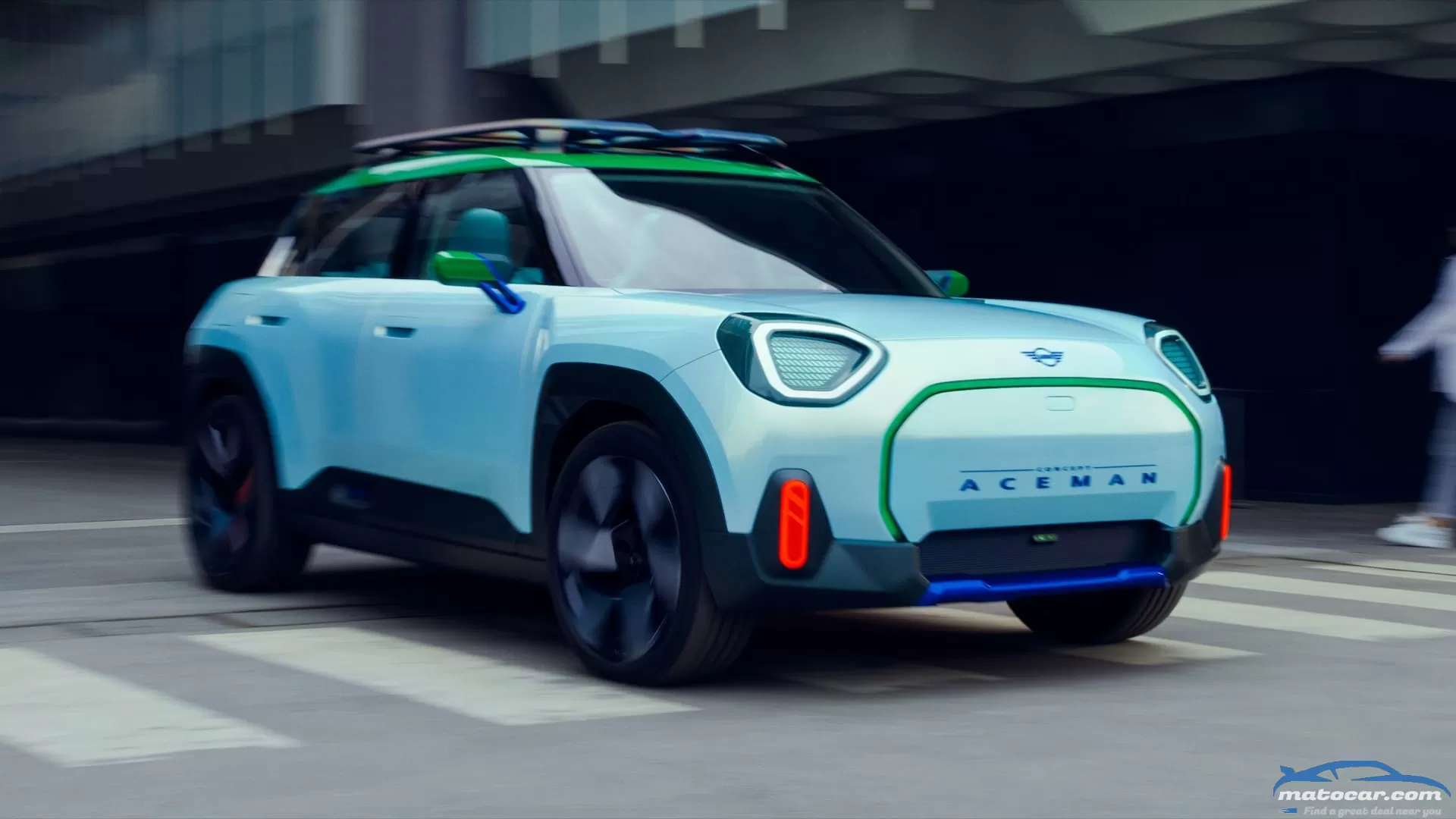2022 Ford Bronco Everglades First Look: Swampy In the Best Way

Over the decades, Jeep has sold its venerable Wrangler in umpteen different badged combinations of thrift, style, capability, and opulence, so nobody begrudges Ford for playing catch-up and releasing a new Bronco variant seemingly every month. One meaningful difference here is that Ford seems to be releasing new variants in part to distract or appease hand-raisers and deposit-placers whose Broncos have yet to be built. To wit: The 2022 Ford Bronco Everglades is being made available exclusively to existing reservation holders. "Wow, lucky us, Marge, we don't yet know when our Black Diamond Sasquatch will get built, but for just $4,765 more, we can convert our Bronco order to this new Everglades model and drive through water that's 2.9 inches deeper!"
What Is the Everglades and What Makes It Everglades-Ready?
Yet another unique collection of Ford options and accessories aimed at creating "an SUV born to breathe when the air gets thick and designed to press on when the trail turns others around" Presumably it is water features that Ford reckons this Bronco will trudge through while other SUVs chicken out. As the name suggests, the Everglades model is optimized for deeper water running. This kid brother of the Raptor could therefore be nicknamed Swampter.
The functional foundation of the 2022 Ford Bronco Everglades is a four-door Black Diamond model outfitted with the Mid Package trim content, the off-road Sasquatch Package, a molded-in-color hardtop with roof rack and crossbars, and with the turbocharged 2.3-liter EcoBoost I-4 with a ten-speed automatic. To this ($49,730) foundational Bronco, Ford adds the following to transform it into an Everglades:
- A heavy-duty modular Ford Performance bumper outfitted with a Zeon 10-S Warn winch and protective safari bar
- Raised air-vent plumbing for the front and rear axles, transfer case, and transmission to increase the safe wading depth from 33.5 to 36.4 inches
- An air snorkel to help exclude dust, snow, and water from the engine intake
About That Air Snorkel…
Ford's first factory-installed engine intake snorkel snakes its way out of the engine compartment, over the side-view mirror mounts and up the passenger-side A-pillar to inhale clean air when traveling in convoy on a dusty road. Its party trick is an open vent piece and blanking plate that can mount interchangeably to the front or rear of the unit by removing three Bronco wordmark bolts on each. So when it's raining or snowing hard, the engine can inhale from the back side, otherwise air can rush in from the front. Note that, as with other such devices, this is not an underwater breathing apparatus for the engine, which is why the fording depth is listed as 36.4 inches—not 70, roughly the height of the snorkel's opening.
10,000 Pounds of Winching Capability
Like the Ford Performance winch ($3,500 via the Ford Performance catalog), the Everglades' factory-installed winch comes with a 100-foot synthetic line. Its mounting system was designed in from the inception of the Bronco program, the mount exceeds the manufacturer's strength requirements, and it has even been crash tested.
The winch features a large-diameter aluminum drum to reduce strain on the rope, its internal mechanism is waterproofed, and it features a three-stage planetary geartrain that can reel in the line at 33 feet per minute when there's no load (27 percent faster than on other Warn winches).
How to Spot the Bronco Everglades
There will be no mistaking the Bronco Everglades, even from vantage points that obscure the winch and snorkel. Just look for any of these features:
- Unique front and rear fenders with squared off wheel openings reminiscent of the original Bronco's and flares that match those of the Sasquatch package for width (easily accomplished with the Bronco's bolt-on front and rear fenders)
- 17-inch painted alloy wheels unique to the Everglades model
- A carbonized gray grille with gloss-black Bronco lettering
- Desert Sand paint color exclusive to Everglades (the other four available colors are Eruption Green, Area 51, Shadow Black and Cactus Gray)
- Everglades topographical map graphics on the front fenders (complete with an image of Sasquatch wading through thigh-deep water!)
Swamp-Ready Interior Upgrades
Ensuring easy cleanup after a satisfying swamp run are marine-grade vinyl seats in two-tone light and dark gray, plus rubberized washout floor covers. The interior door grab handles and air register vents are accented in Urban Green, and the 12-inch Sync 4 infotainment screen is prepped for off-road trail maps.
Price and Availability of the 2022 Ford Bronco Everglades
The Bronco Everglades starts at $54,495. That's just $1,515 more than a Badlands 2.3-liter automatic model with the same Sasquatch/Mid-Pack/hardtop/roof-rails combo, which seems a pretty fair deal for the winch and snorkel, given that Ford Performance charges $3,500 for the winch, which is otherwise incompatible with the Black Diamond model. Reservation holders will be able to convert to Everglades models beginning in March for deliveries…later. Perhaps after another compelling model or two come out enticing reservation holders to switch their orders again.
2022 Bronco Everglades Specifications
BASE PRICE
$54,495
LAYOUT
Front-engine, 4WD, 50-pass, 4-door SUV
ENGINE
2.3L/300-hp/325-lb-ft turbo direct-injected, port-injected DOHC 16-valve I-4
TRANSMISSION
10-speed auto
CURB WEIGHT
5,200 lb (mfr)
WHEELBASE
116.4 in
L x W x H
198.9 x 79.4 x 75.3 in
0-60 MPH
7.5 sec (MT est)
EPA FUEL ECON (CITY/HWY/COMB)
18/17/18 mpg
EPA RANGE (COMB)
374 miles
ON SALE
March, 2022
Show AllYou may also like
WHAT IT IS: Ram's entry in the full-size electric pickup truck segment. Here, our artist has illustrated what the new truck could look like, based on teaser images and our sources.WHY IT MATTERS: Full-size pickups are big business, and Ram's 1500 is an award-winning choice. But Ram finds itself late to the party when it comes to an electric truck. A 2024 launch puts it behind the 2023 Ford F-150 Lightning, Chevrolet Silverado and GMC Sierra EVs, the 2022 GMC Hummer EV, and the Rivian R1T. Ram must work to stand out when it arrives.PLATFORM AND POWERTRAIN: Ram's electric pickups will ride on the new STLA Frame dedicated electric vehicle architecture. STLA will support the Ram 1500 light-duty EV and a Ram heavy-duty electric truck, including a fleet variant that uses a fuel cell to generate its electricity. It might also come with a range extender, which Ram calls the Range Electric Paradigm Breaker.Electric motors front and back will provide all-wheel-drive capability. Battery packs could range up to 200 kWh to provide the promised 500 miles of range, and the 800-volt architecture will speed up the fast charging. Ram is going for a dramatic, sleek, and modern look to differentiate the EV from the conventional truck lineup. The brand says it will make up for its tardiness with class-besting towing, payload, range, and charge time. And with it being Ram, we expect a top-notch interior with clever features, big screens, and myriad high-quality materials.ESTIMATED PRICE: $45,000EXPECTED ON-SALE DATE: 2024
You have the right to remain electric. Anything you put in the bed or rear seat can be used against your driving range. You have the right to a charger. If you cannot find one, one may be installed for you. Consider these the new Miranda rights for police forces across America, which soon will have access to Ford's new F-150 Lightning Pro SSV police truck. The new cop pickup is spun off the all-electric Lightning, and while that part is novel, the package is, for the most part, modeled after the regular F-150 Police Responder rig.One thing the Lightning Pro SSV is not is pursuit-rated. This is purely a patrol and response vehicle, even though the standard-range battery version's dual electric motors combine for 452 hp and 775 lb-ft of torque, and the big-battery, long-range model gets 580 hp and the same mighty torque figure. In that latter configuration, Ford claims the Pro SSV (that's Special Service Vehicle) can hit 60 mph in under four seconds, a claim largely backed up by our test figures for the new Lightning. In extended-range battery form, but without the range-topping Platinum trim's bigger wheels and extra equipment, an F-150 Lightning Lariat model scooched to 60 mph in 3.8 seconds.Okay, so "technically" the police Lightning won't be used for chases or other action. For those tamer missions, it's well equipped. Take the "Pro" part of its name. That's a reference to the entry-level Pro trim level on the civilian F-150 Lightning, which already is geared toward work duty with vinyl seats and flooring and a more basic interior layout. Ford swaps in cloth-wrapped front seats for the SSV, which also include steel "anti-intrusion" plates in the seatbacks and slimmer bolsters to make it easier for cops and their nifty tool belts to slide in and out.And then there is the frunk, which offers 14.1 cubic feet of space under the power-opening hood in the truck's nose for storing cop things. There also is a 220-amp DC-DC power source under there, which any number of upfitter attachments can be wired to. Oh, and the top of the dashboard is reinforced so it can withstand use as a mounting point for various add-ons.Ford also will install the requisite red-and-blue or white-and-amber roof lights for departments that request it. And beyond the lighting on the truck itself, Ford points out that the ProPower Onboard power sources in the frunk and bed can be used to power accident-scene lighting, emergency equipment, or mobile doughnut makers just as easily as the welders, fridges, and other stuff ProPower can handle for civilian Lightning customers.So far, the police Lightning's range figures are TBD. Regular Lightnings can travel between 230 and 320 miles on a charge, depending on which batteries they come with. We've found that that range can vary wildly depending on what the truck is being used for (i.e., just noodling around, or towing a heavy trailer). More details will arrive later this summer, both for the Pro SSV and, it seems, the 2023 model-year Lightning generally. That gives you a few more months of police vehicles that can't sneak up on you silently.
Mini may have only one EV in its current lineup, but it is well on its way to meeting the BMW Group's directive of having at least half of its vehicles go electric by 2030. Mini is starting to tease that electric future one concept model at a time. It wasn't long ago that the brand bought a "skunkworks" Mini Cooper SE convertible to Miami, Florida as a feeler.Now Mini is pulling back more of its electric curtain with the debut of its Concept Aceman. The Mini Concept Aceman would be the brand's first EV crossover and "provides a glimpse of a completely new vehicle, bridging the space between the Mini Cooper and the Mini Countryman in the future of the model family," says Stefanie Wurst, Head of Mini in a release.The Mini Concept Aceman is supposed to "reflect how Mini is reinventing itself for its all-electric future and what the brand stands for: an electrified go-kart feel, an immersive digital experience and a strong focus on a minimal environmental footprint," according to Wurst.Mini's new design languageUnlike the Mini Cooper SE convertible (or the Cooper SE hatch on which that model is based), the Mini Concept Aceman is more than a drivetrain swap into a current Mini chassis. The Aceman also serves as a preview for Mini's new design language. Obviously, Mini wouldn't completely abandon the major design elements that are synonymous with the brand but it is looking to make changes that better align with its so-called "reinvention.""With this approach, we are redeveloping the Mini design icons, with all their analogue strengths, for the digital future," said Adrian van Hooydonk, Head of BMW Group Design.According to the official press release, Mini officially refers to its new design language as "Charismatic Simplicity." One of the most noticeable elements is the octagonal front "grille" which is really more of an illuminated outline that borders the radiator area. The geometric theme continues to the headlights. It's different for Mini, but there aren't so many angles and creases that the overall design isn't relatable to the classic rounded headlights that Mini is known for.The interior is a study in tech minimalismPassengers face a dashboard that is nearly devoid of tactile buttons, vents, or gauges. There is a round OLED touchscreen in the center of the dash, which serves as the hub of all of the infotainment as well as readouts like speed and battery range. Underneath the OLED screen is where traditional Mini toggle switches can be found.The infotainment system utilizes the Mini Companion software which offers "sensor based animation" that choreographs light and sound for what Mini calls a "holistic user experience." These animations extend into light arrays that are hidden in the dashboard and door panels. Different animations will playout through the OLED screen, dashboard, and door panels as passengers enter and exit the vehicle.Moving image projections can also transfer graphics and animations from the Mini Operating System to the dashboard for an added wow factor. These animations can create "diversified interactions" on the OLED screen when stopped at a light or charging the battery.The Mini Concept Aceman is set to make its debut physical appearance at the Gamescom video game fair in Cologne, Germany on August 23, 2022.




0 Comments